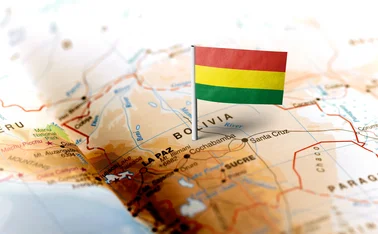
Ruble rebounds as Bank of Russia lets currency float
Exchange rate regime abandoned after ruble weakens 45% against dollar

The Bank of Russia today abolished constraints on the ruble exchange rate, two months earlier than planned, prompting the currency to bounce back after a 13% drop against the dollar last week.
The central bank abandoned the trading band it used to manage the ruble after the currency reached 48.6 against the dollar on Friday – its lowest level to date and 45% less than on June 27.
"As a result of the implementation of [today's] decision, the ruble exchange rate will be determined by market
Only users who have a paid subscription or are part of a corporate subscription are able to print or copy content.
To access these options, along with all other subscription benefits, please contact info@centralbanking.com or view our subscription options here: subscriptions.centralbanking.com/subscribe
You are currently unable to print this content. Please contact info@centralbanking.com to find out more.
You are currently unable to copy this content. Please contact info@centralbanking.com to find out more.
Copyright Infopro Digital Limited. All rights reserved.
As outlined in our terms and conditions, https://www.infopro-digital.com/terms-and-conditions/subscriptions/ (point 2.4), printing is limited to a single copy.
If you would like to purchase additional rights please email info@centralbanking.com test test test
Copyright Infopro Digital Limited. All rights reserved.
You may share this content using our article tools. As outlined in our terms and conditions, https://www.infopro-digital.com/terms-and-conditions/subscriptions/ (clause 2.4), an Authorised User may only make one copy of the materials for their own personal use. You must also comply with the restrictions in clause 2.5.
If you would like to purchase additional rights please email info@centralbanking.com test test test







